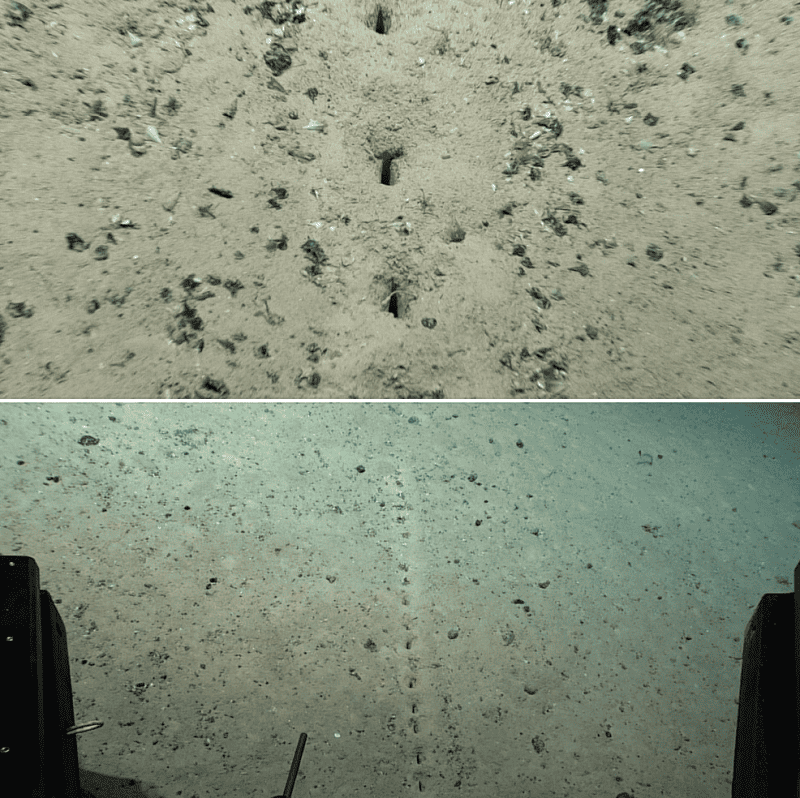
Almost two decades ago, a Norwegian research ship sent an unmanned underwater vehicle down to the seabed smack in the middle of the Atlantic Ocean, not too far from the stunning Azores archipelago.
As they casually looked through the remotely operated submarine’s camera, scientists were caught off guard by the most peculiar sight they had witnessed in their entire lives.
Before their eyes lay a series of strange holes that drew a track-like pattern as if the ocean floor had been stitched and sewn.
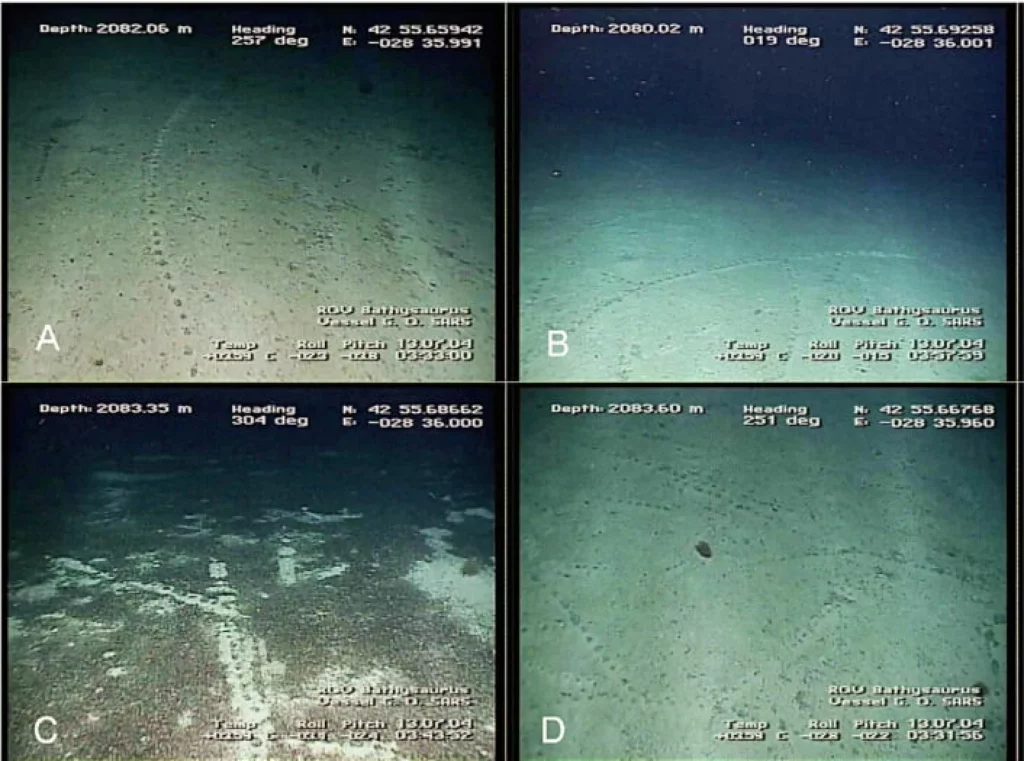
The distribution and properties of these holes — which measure around 6 × 1.5 cm — look as if they were drilled by some machinery. Little piles of sediment surround the holes, meaning they were excavated.
But no human or man-made thing had ever etched these holes. Bear in mind this is all happening at a depth of more than 2,000 meters (6,500 feet), where the pressure is around 1,270 kg (2,800 lbs) of force per square inch. Only the most modern submersibles can withstand such immense pressure.
What then made these bizarre grooves? Nobody has any clue, despite similar sightings elsewhere on the Atlantic seafloor by different research groups.
Searching for lebensspuren
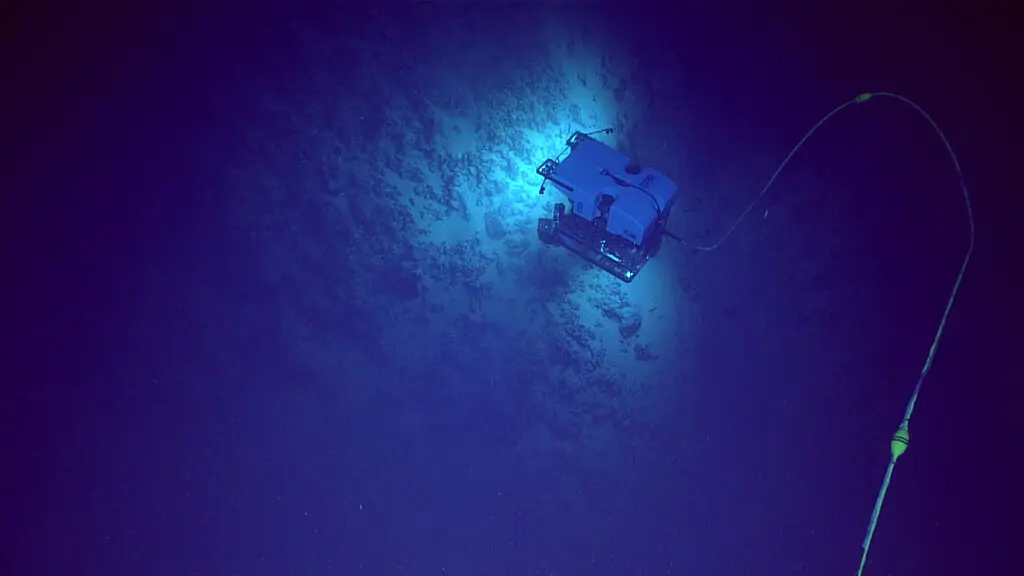
For now, scientists consider these tracks to be “lebensspuren,” which is German for “life traces”. Their best guess is that these were made by some epifaunal animal, a type of organism that lives on or attached to the surface of the ocean floor or other substrate, rather than burrowing or living within the sediment. Examples of epifaunal animals include crabs, sea stars, clams, and various species of coral.
“The source of the holes or how they were constructed is unknown, but the raised sediment may indicate excavation by an infaunal organism or digging and removal by e.g., a feeding appendage of a large epifaunal animal,” wrote Odd Aksel Bergstad and Michael Vecchione in a 2022 review of the Atlantic floor lebensspuren.
“None of our closeups showed any sign of living organisms inhabiting the holes. Whether the holes were connected beneath the sediment surface was not visible. The traces observed are reminiscent of ichnofossils reported from deep marine facies. We hope that future studies of the lebensspuren we report here will resolve the mystery of what created them.”
Bergstad was part of the original 2004 expedition that uncovered the strange seafloor tracks. Although he has since retired, he has never given up on unraveling the mystery behind what made these holes and hopes that the scientific community at large pays more attention to these features in the future. He is not alone either.
On July 23, 2022, researchers with NOAA Ocean Exploration’s Voyage to the Ridge 2022 expedition spotted the holes again — this time about 43 kilometers (27 miles) away from the tracks found by the Norwegian crew. This latest set of tracks are located even deeper beneath the ocean surface, at a depth of nearly 2.6 kilometers (1.6 miles).
“There is something important going on there and we don’t know what it is,” Dr. Vecchione, who is a NOAA deep-sea biologist, told the New York Times. “This highlights the fact that there are still mysteries out there.”
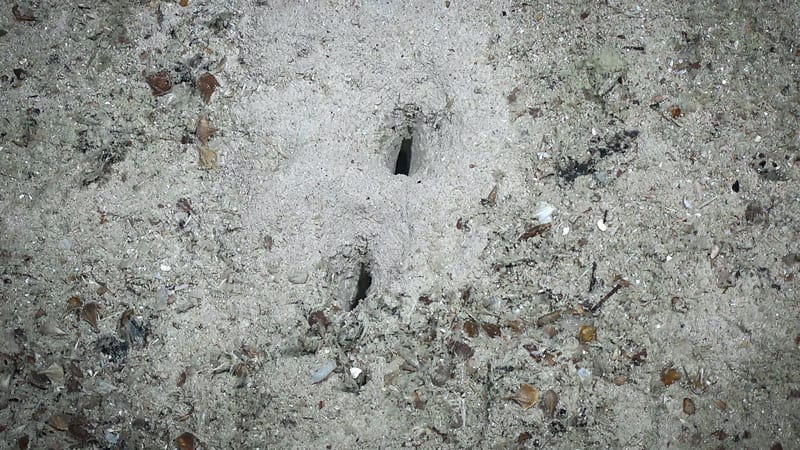
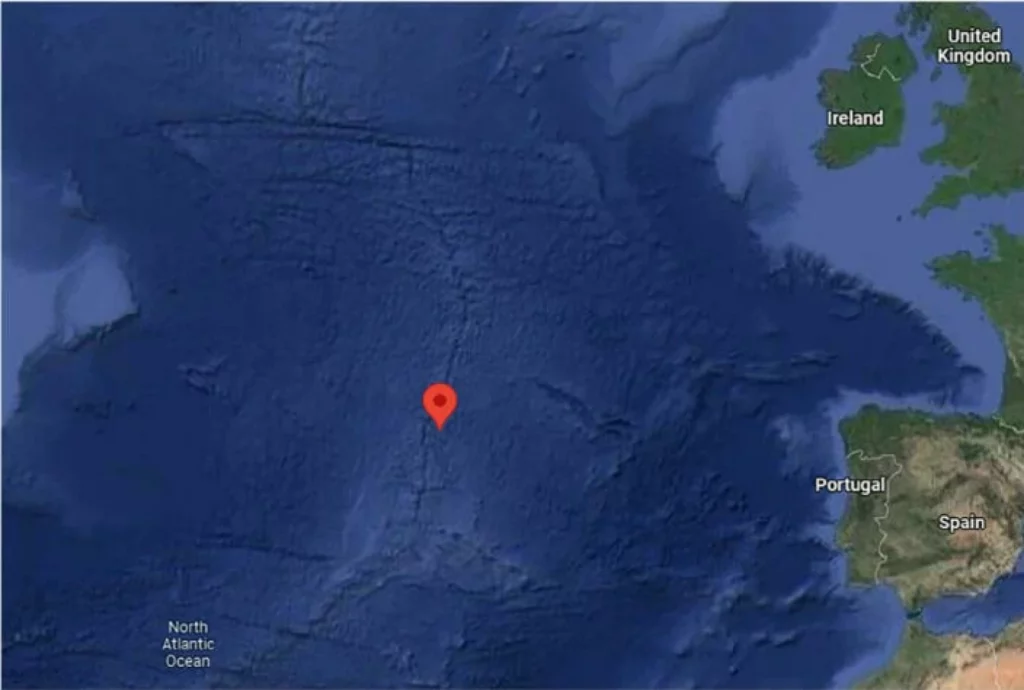
Although the NOAA remotely operated submersible used a suctioning device to collect sediment samples from the holes, the expedition came back empty-handed. Whatever is lurking on the seafloor and made these holes is in no mood to show its face.
“There are still a number of undescribed animals and other organisms in the deep sea,” Bergstad told Science Norway. “Much is still poorly explained by science. We are also talking about huge ocean areas.”


